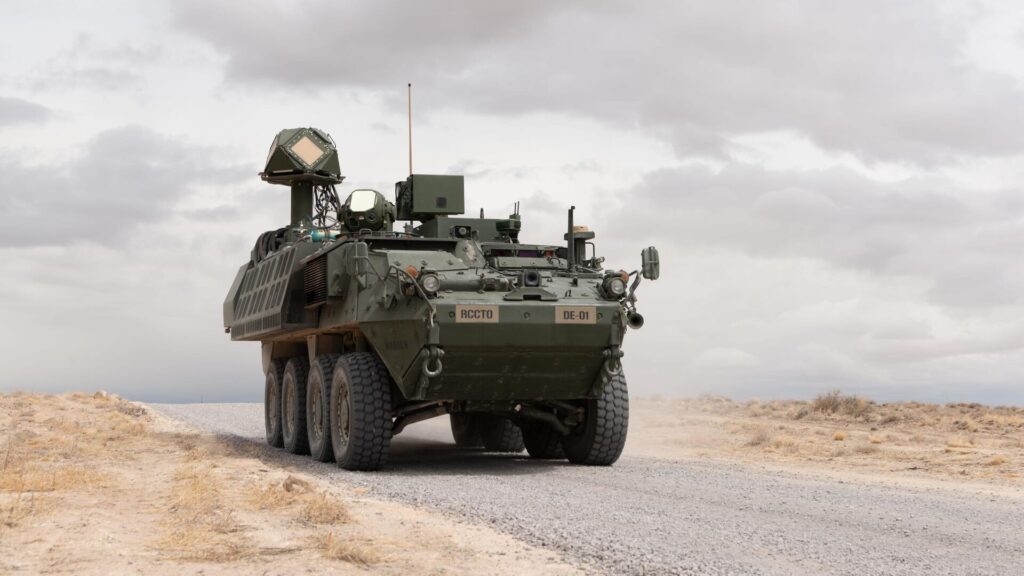-Bhagawan Hindustani
In the dynamic landscape of defense capabilities, India’s armed forces are facing escalating requirements for advanced combat vehicle systems. Among the notable developments are the indigenous KESTRAL land system, the collaborative effort between DRDO and Tata Group, and the wheeled CBRN system in partnership with Mahindra Defense. Concurrently, discussions around potential acquisitions such as the Stryker armored vehicle from General Dynamics Land Systems underscore India’s strategic decision-making in modernizing its defense infrastructure. This article delves into a comprehensive analysis of these systems, their capabilities, and the strategic implications for India’s defense strategy.
The KESTRAL land system represents a significant leap in indigenous defense capabilities, designed to meet the evolving needs of India’s armed forces. Fielded for cold-weather trials in Ladakh after border tensions with China, KESTRAL showcases India’s commitment to leveraging domestic expertise in defense technology. The successful induction of the first batch into the army signals a promising advancement in land system capabilities. However, as defense enthusiasts anticipate further batches, strategic considerations within the armed forces hint at nuanced deployment strategies.
Collaborations with industry leaders like Tata Group and Mahindra Defense extend beyond KESTRAL to encompass critical areas such as Chemical, Biological, Radiological, and Nuclear (CBRN) defense. The wheeled CBRN system, developed in conjunction with Mahindra Defense, stands out for its superior specifications compared to existing systems globally. Despite this, reports suggest that the armed forces are actively evaluating options from foreign vendors, highlighting the complexity of procurement decisions in defense modernization.
Recent discussions surrounding military technology cooperation with the United States have brought attention to the potential acquisition of the Stryker armored vehicle. Speculations suggest a significant interest in adopting this system under the ‘Make in India’ strategy, aligning with broader initiatives for indigenous defense production. Comparative assessments between the Stryker system and India’s indigenous capabilities, including KESTRAL and the wheeled CBRN system, are crucial in determining the optimal path for enhancing land system capabilities.
A detailed analysis comparing the specifications and capabilities of the Stryker armored vehicle, KESTRAL, and the wheeled CBRN system unveils insights into their respective strengths and weaknesses. While on paper, India’s indigenous systems showcase superiority in certain aspects, the real-world performance and operational efficacy remain pivotal factors. Engineers emphasize the distinction between theoretical specifications and practical performance, underlining the need for rigorous testing and evaluation in military contexts.
Toward Strategic Decisions: ‘Make in India’ vs. ‘Make by India’
As India’s defense ecosystem navigates complex choices, the juxtaposition of ‘Make in India’ and ‘Make by India’ strategies becomes imperative. The forthcoming trials and evaluations that may pit India’s land systems, including KESTRAL and the wheeled CBRN system, against international counterparts like the Stryker, will offer critical insights. The outcome will not only impact immediate procurement decisions but also shape long-term strategies for indigenous defense production and technological self-reliance.
